In 1886, during the final years of the Monarchy, the painter from Paraíba, Pedro Américo, was commissioned by the imperial government to create a painting depicting the events that led to the foundation of the Brazilian Empire by Emperor Dom Pedro I in 1822.
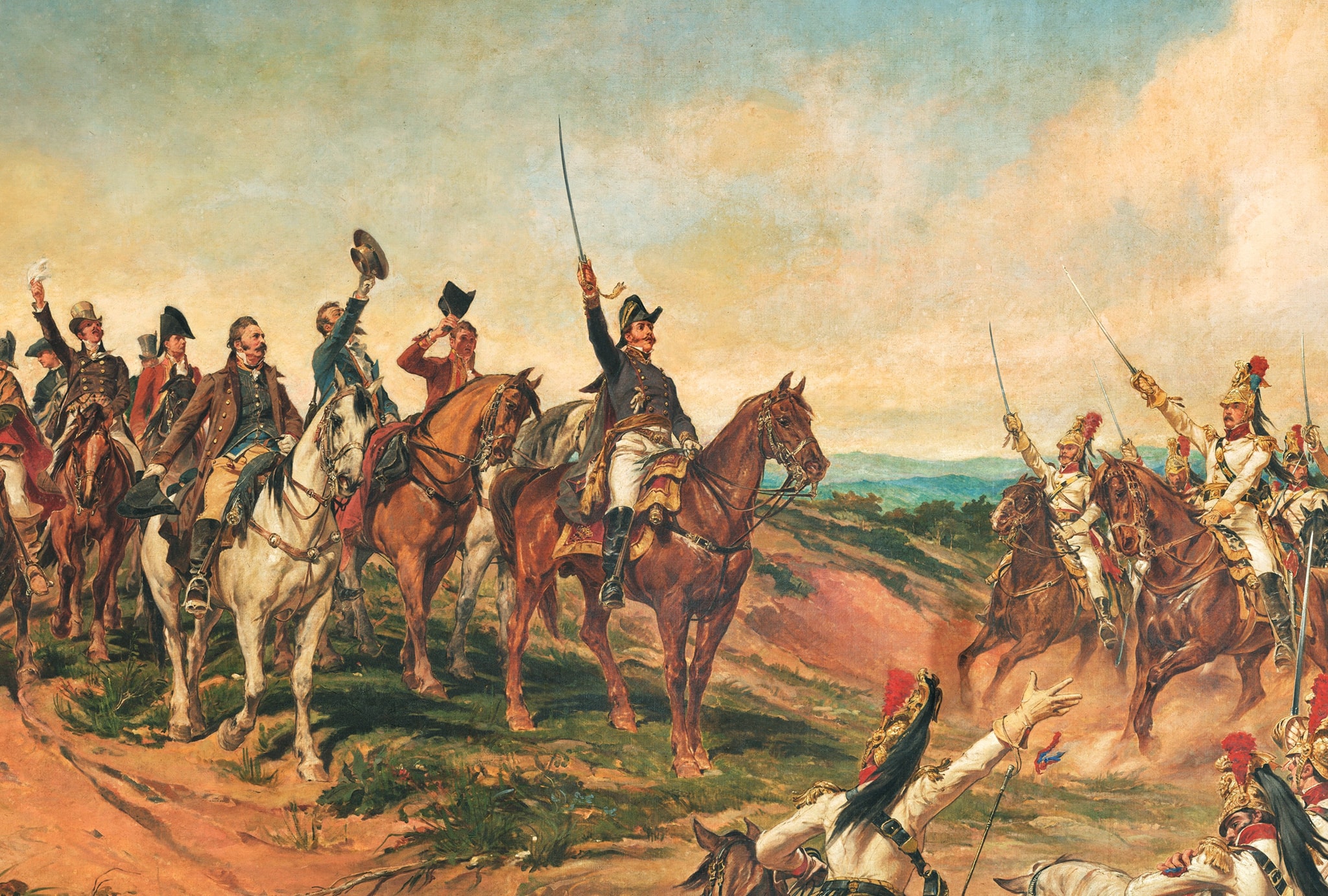
Américo’s work was made available for public viewing in a prominent location, solidifying it as the image of Independence and making the mural the visual representation of the September 7th, 1822 event. Due to its display in a prominent place in the Ipiranga Museum, it acquired a degree of official recognition that turned it into the most recognized and widespread image of the event, and to some extent, the visual identity of that historical occurrence.
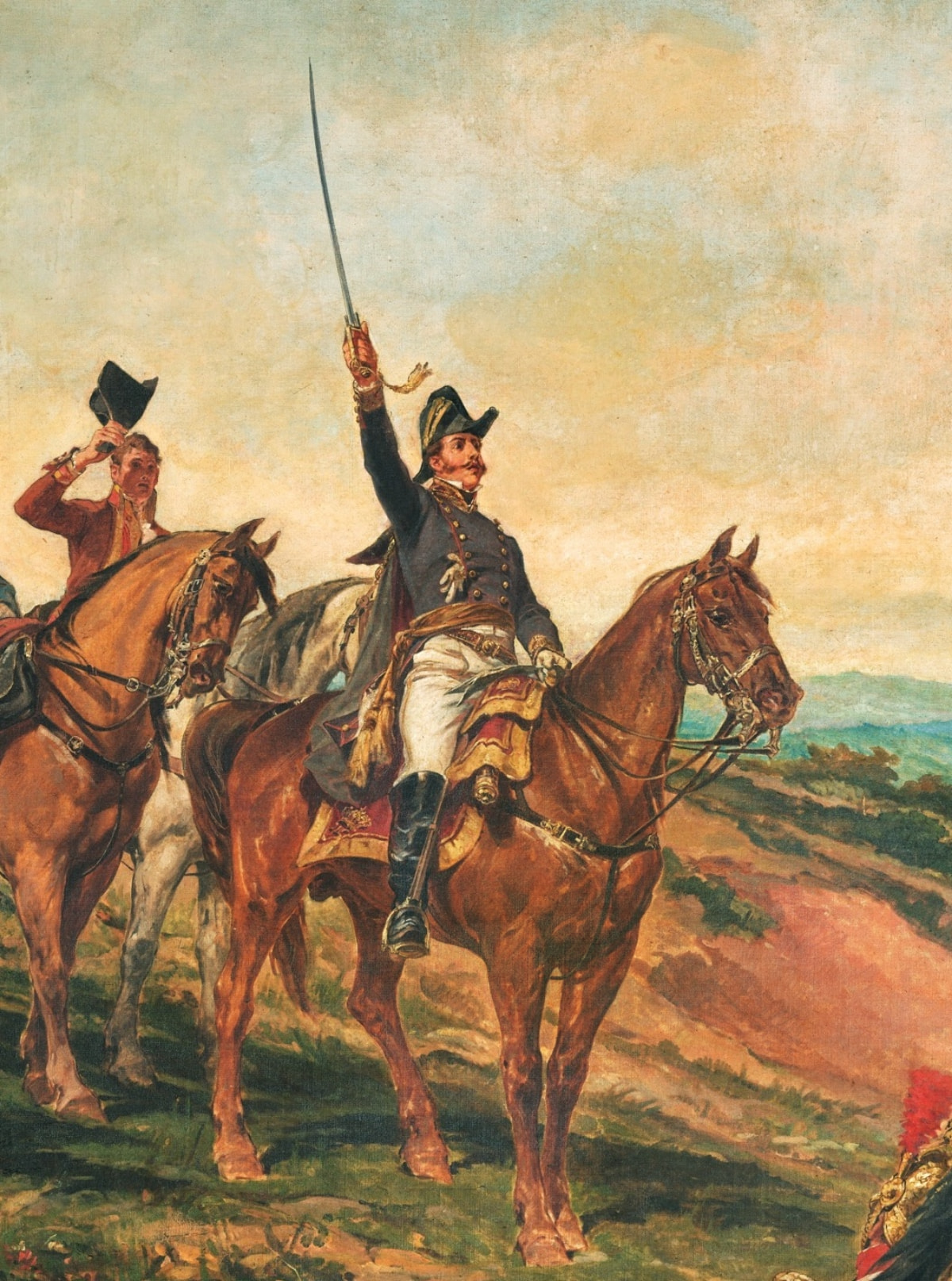
The canvas by the renowned Paraíban painter Pedro Américo, commissioned by the Paulista Government which at the time was building the Museu do Ipiranga in 1888, illustrates a heroic and impactful September 7th, aligning with the heroic role played by Dom Pedro I. The purpose behind the creation of the canvas wasn’t merely to illustrate Brazil’s Independence, but rather the inception of its empire. Thus, it was necessary for Dom Pedro I’s action to be depicted in a way that could demonstrate the significance of the event while also inspiring pride in Brazilians.
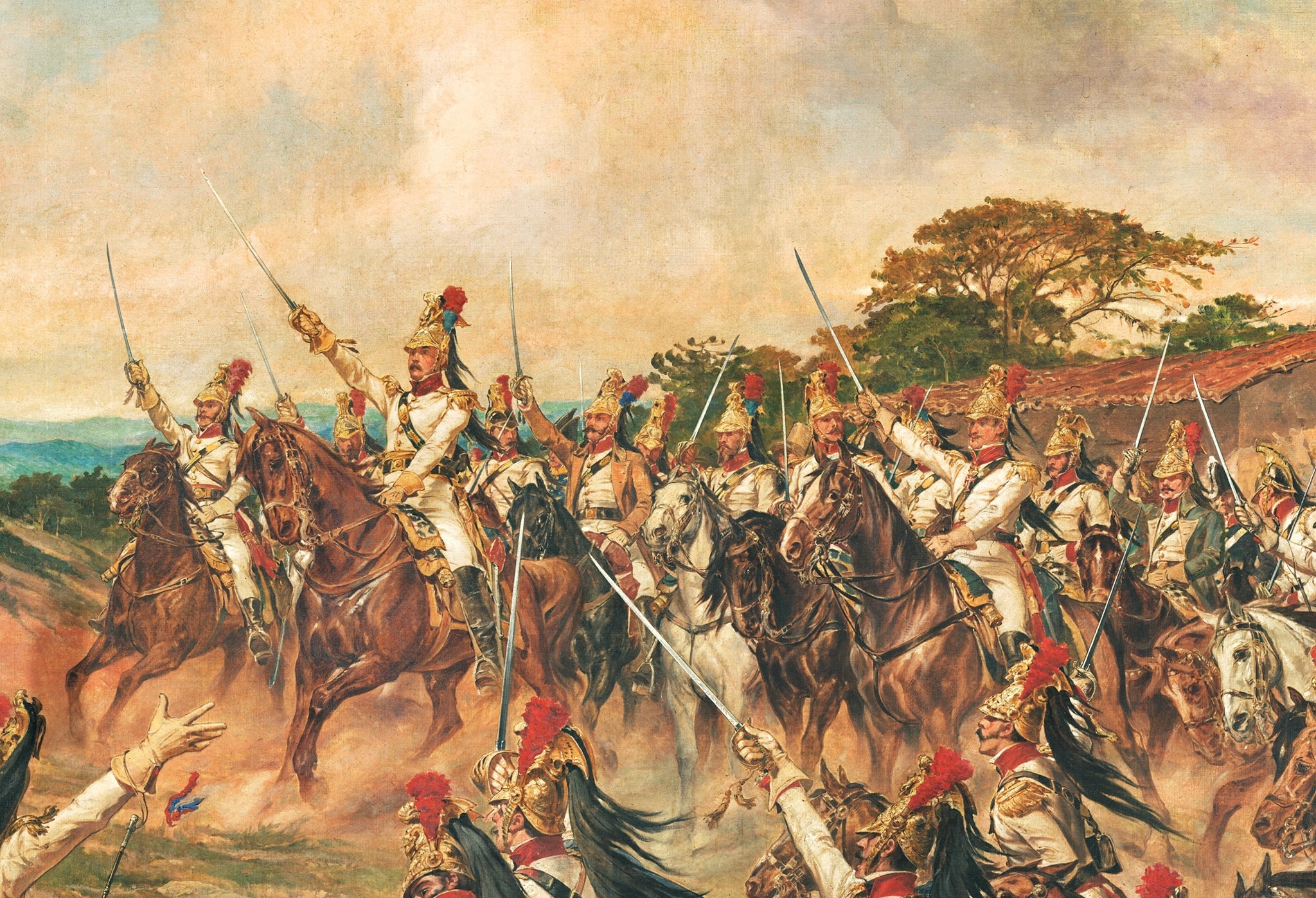
In 1886, the imperial counselor Joaquim Inácio Ramalho, then president of the Monument Commission of Ipiranga, entered into a contract with Pedro Américo, in which the artist committed to painting, within three years, a “historical canvas commemorating the proclamation of independence by Prince Regent Dom Pedro on the fields of Ypiranga.” Before beginning the painting, the artist conducted meticulous research on the Independence movement, the attire of the era, and other details.
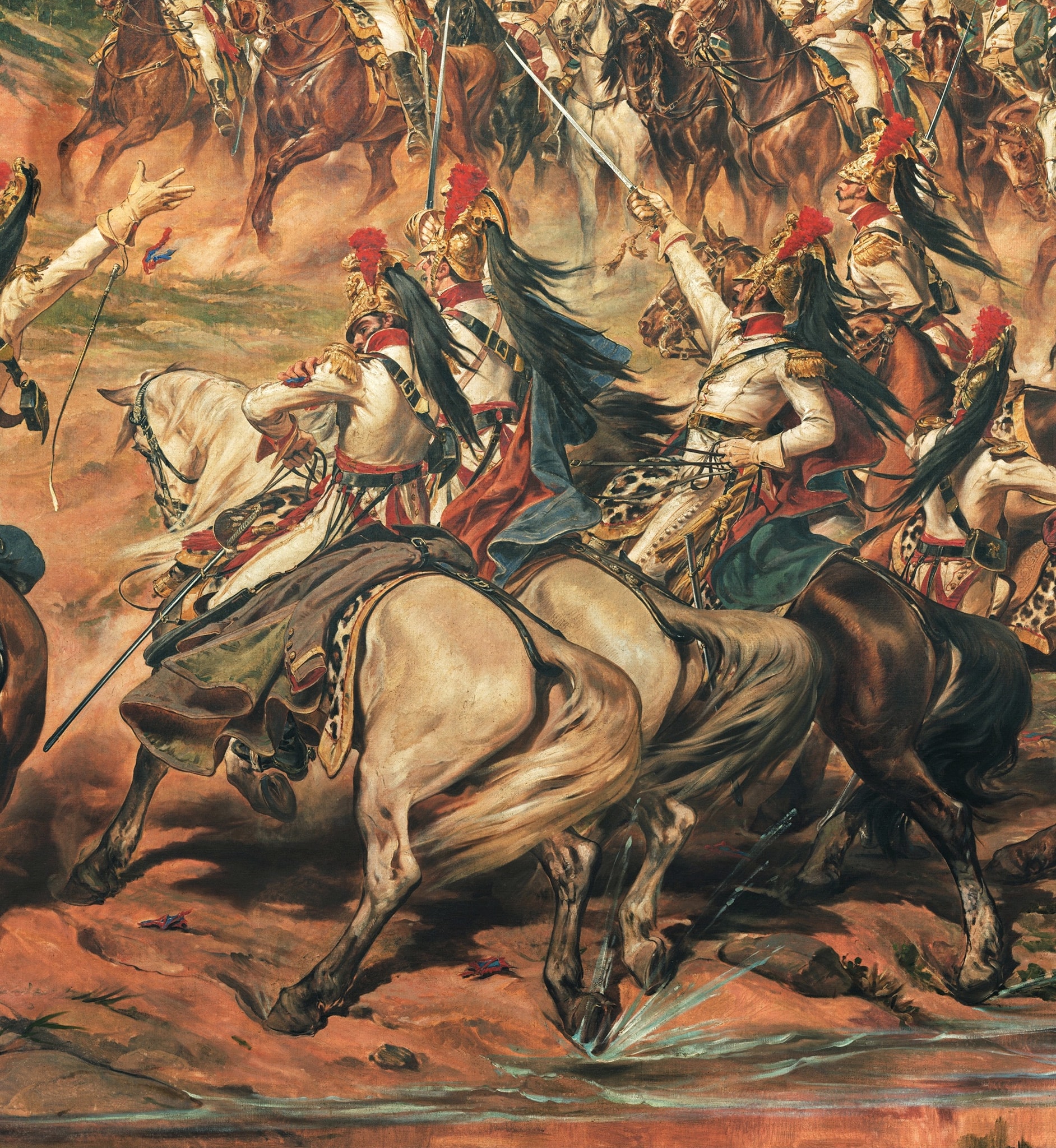
He also studied works by other authors of historical paintings such as Ernest Meissonier and Horace Vernet. The artwork was first exhibited on April 8th, 1888, at the Academy of Fine Arts in Florence and, three months later, it was delivered to the Paulista government. The work pleased art critics, being considered at the time as a “colossal piece” bearing “the mark of a creative imagination and robust skill.”
During the presentation of the artwork at the Academy of Fine Arts in Florence, Pedro Américo delivered a speech in the presence of Emperor Pedro II and his wife, Empress Teresa Cristina, Queen Victoria of the United Kingdom, and other leaders and authorities.
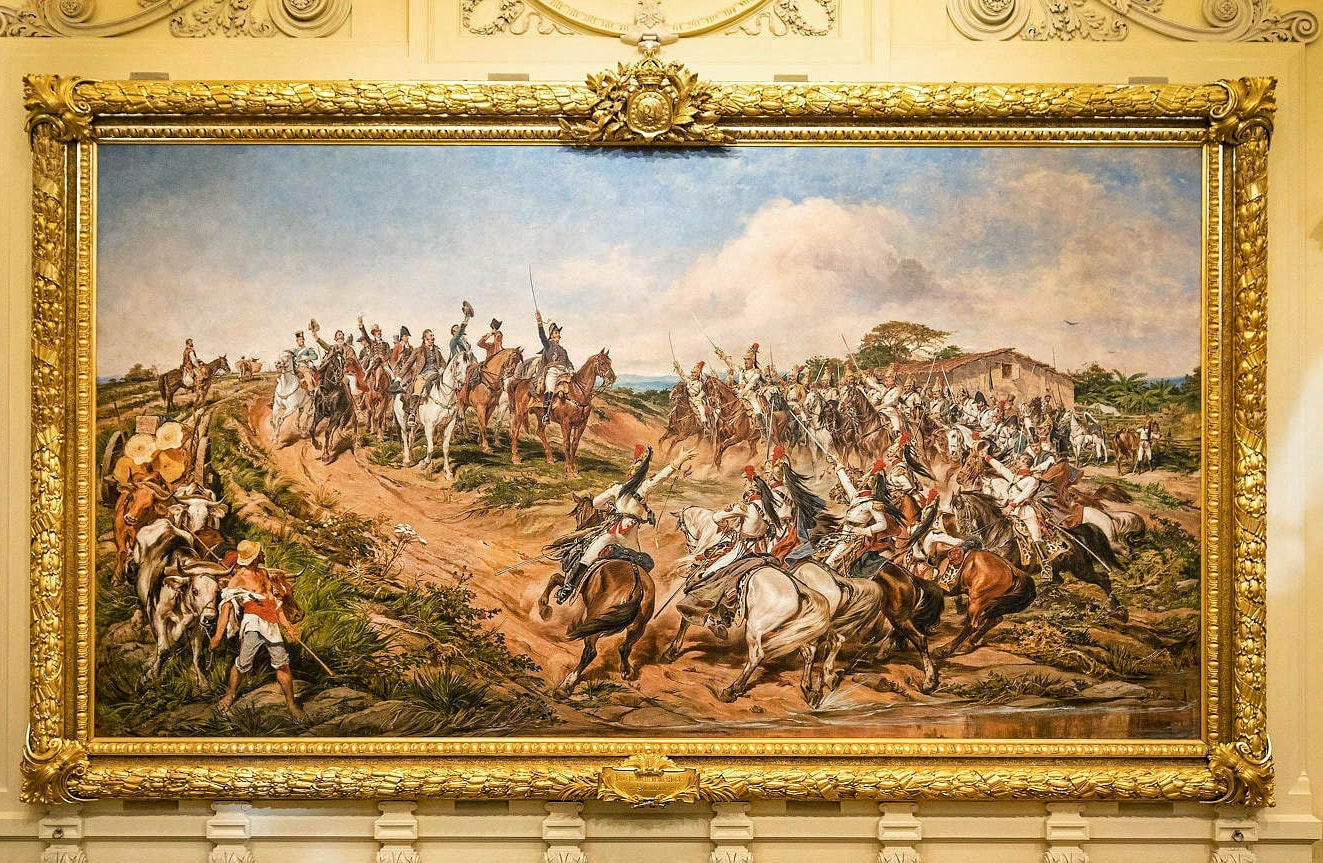
“I am well aware, Sir, that the canvas I dare to present to the descendants or compatriots of Raphael, Leonardo da Vinci, and Michelangelo is unworthy of the high historical subject or the contemplation of Your Majesty. Yet, if it is true that work ennobles the citizen, I feel highly honored to have completed a page destined to commemorate one of the most glorious deeds of Your Majesty’s August Progenitor, and simultaneously the first breath of life of our dear Homeland as a free and independent nation.”
Reference: LYRA, Heitor. História de Dom Pedro II. Ascensão, Fastígio e Declínio. Brazil: Itatiaia, 1977.
IMPERIAL, Museum. Anuário do Museu Imperial. Brazil: Ministério da Educação e Saúde, 1946.

Matheus Araújo
Matheus Araújo is the founder and editor of Brazilian History. Born in Rio de Janeiro and holding a degree in Advertising and Marketing, his passion for history led him to enroll at the Federal University of the State of Rio de Janeiro, where he is currently pursuing a degree in History Education.
